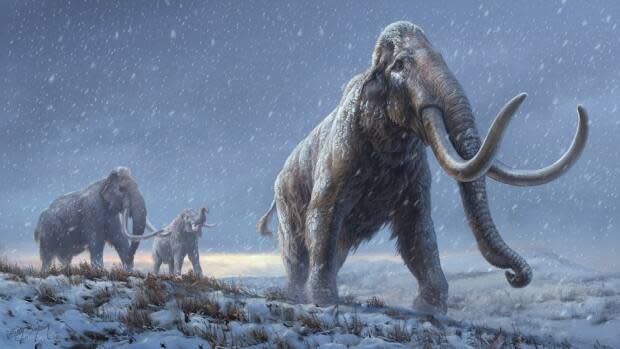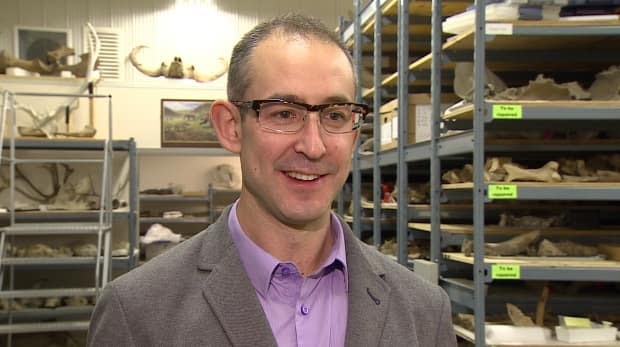How the world's oldest DNA specimen found in Russia opens door for new Yukon discoveries: Researcher

Yukon paleontologist Grant Zazula admits it — he's jealous.
Until recently, Yukon had been the source of the oldest recovered DNA, from a 700,000-year-old horse fossil found a couple of decades ago near Dawson City.
Now a team of international researchers say they have recovered and sequenced DNA from the teeth of three mammoths in Russia's extreme north, the oldest specimen being about 1.2 million years old.
"So I'm actually a little bit jealous, now that the record now belongs to a Siberian fossil," Zazula said.
The upside, he says, is that the new research opens the door to all sorts of possible new discoveries and insights from Yukon's own trove of Ice Age fossils.
"It's really going to allow us to be able to look at earlier stages of the Ice Age and look at the, you know, genetics of these different extinct animals going back a million years, maybe even further back in time, as these technologies evolve," he said.
"Twenty years ago, when I started getting involved in paleontology, we were still really excited about the novelty of being able to extract any DNA from ancient animals."

Ancient DNA can help fill in the blanks of how extinct species evolved and adapted — or failed to adapt — over the millennia. Zazula says a lot of information can be teased out of a genome sequence, from what a species looked like to how it interacted with its environment.
There are also a lot of mysteries yet to be solved about mammoths in particular, he says, and how the population that crossed the Bering Land Bridge from Siberia into North America relates later mammoth populations.
"Most of what we know about the Ice Age is really only the last little bits of the Ice Age," he said.
But for earlier periods of the Ice Age — say, a million years ago — Zazula says it's less understood.
"Really there's a lot of speculation because we don't have a lot of well-dated records from that time period."
The new research suggests that Yukon could play an even bigger role in paleontological research, because the territory is a rich source of ancient fossils. It's not uncommon for Yukon gold miners to stumble across amazing finds preserved deep in the permafrost.
"The Yukon is amazingly situated to be able to play major roles in some of these projects," Zazula said.
He was already contacted a few months ago by one of the Swedish scientists involved in the Russian mammoth fossil research.
"He contacted me saying, 'hey, do you guys have any old mammoths from the Yukon?' And I said, 'well, we have one that's about 700,000 years old,'" Zazula recalled.
"So, yeah, hopefully in a few months we can add to this story and talk about how that lineage crossed the Bering Land Bridge for the first time into North America roughly a million years ago."

